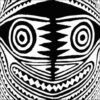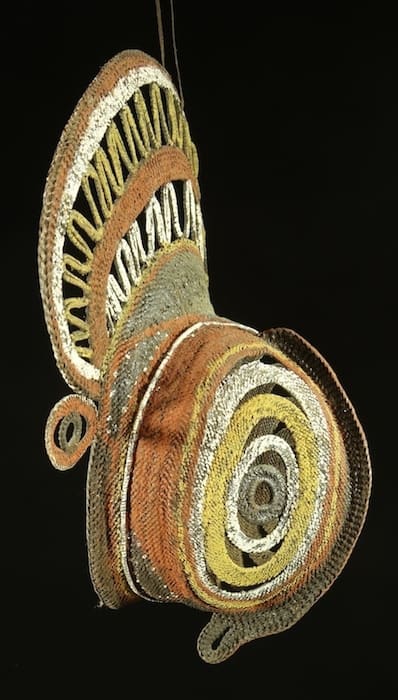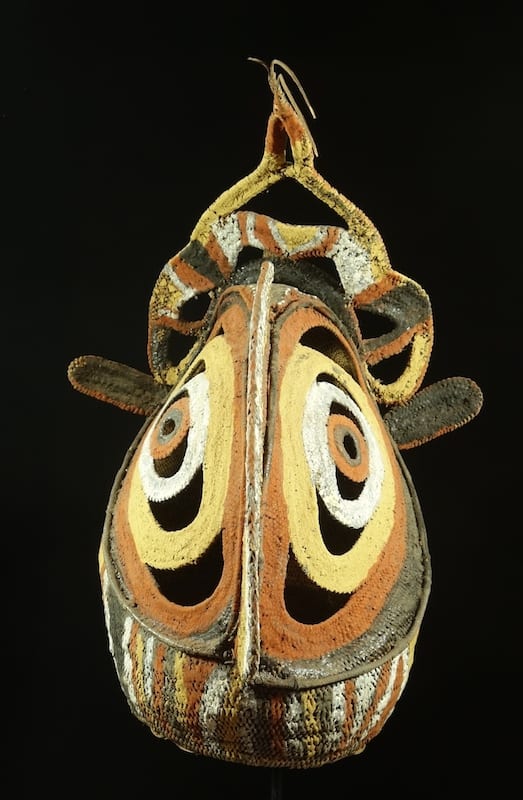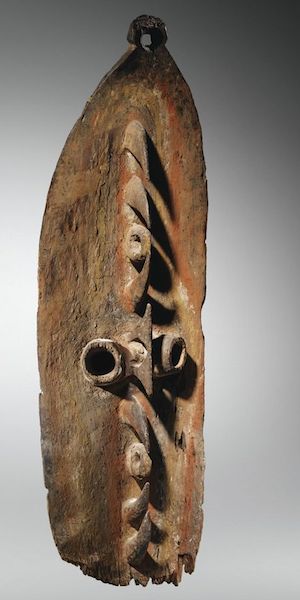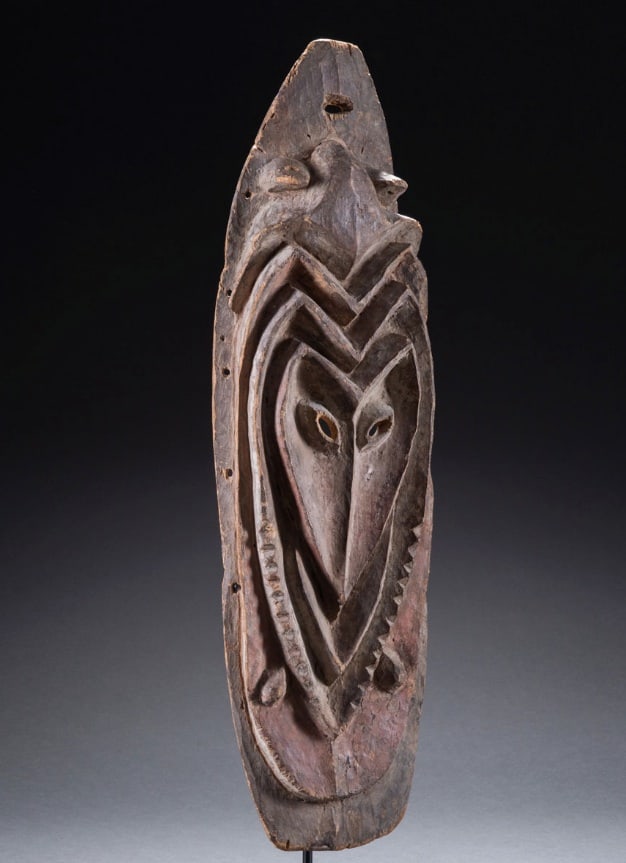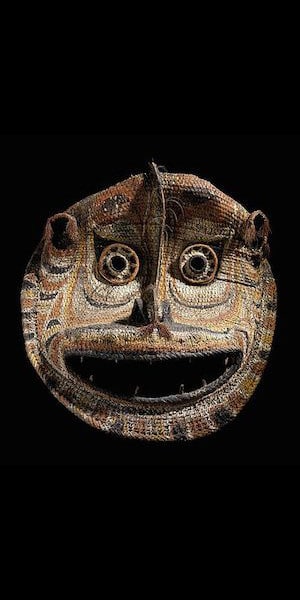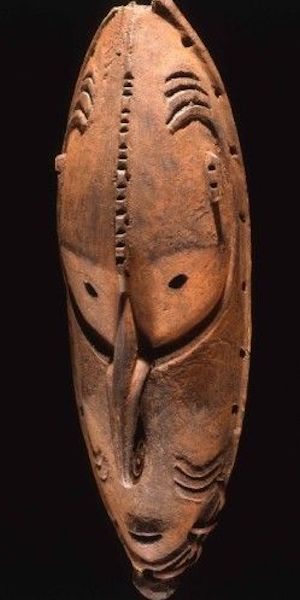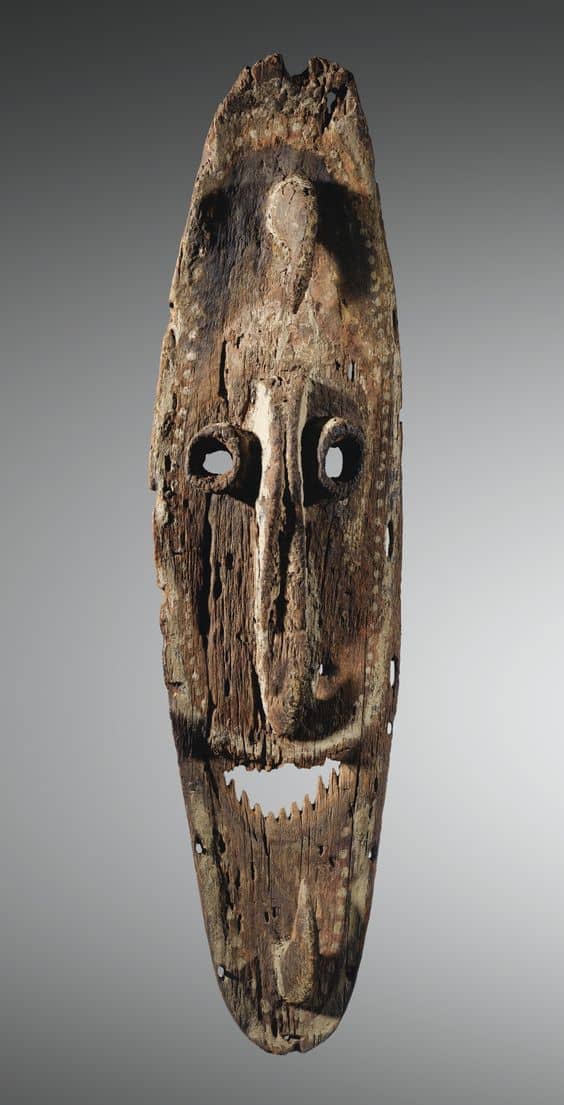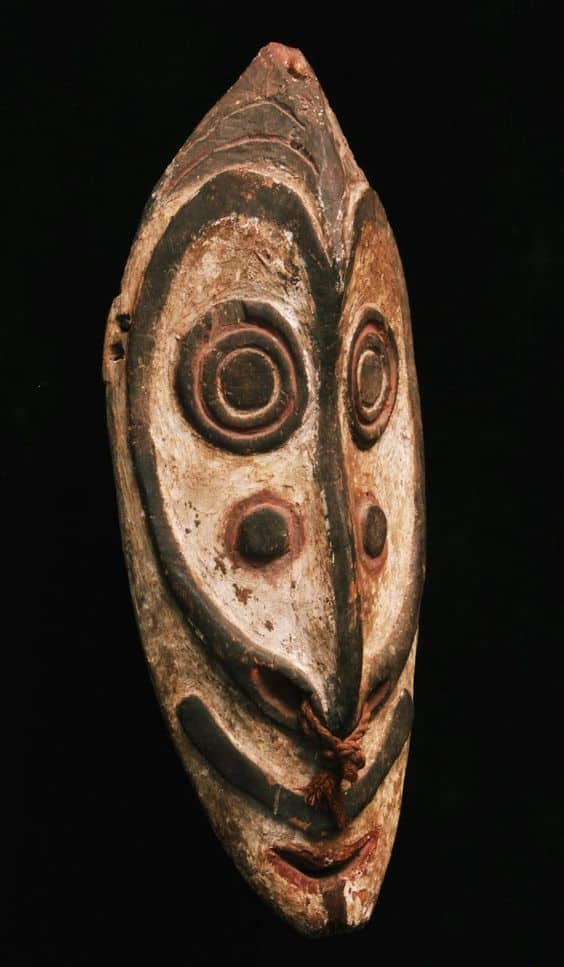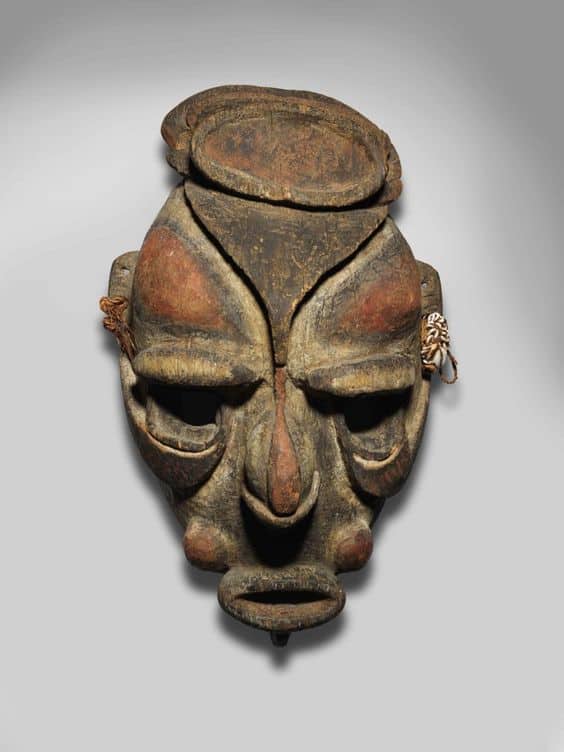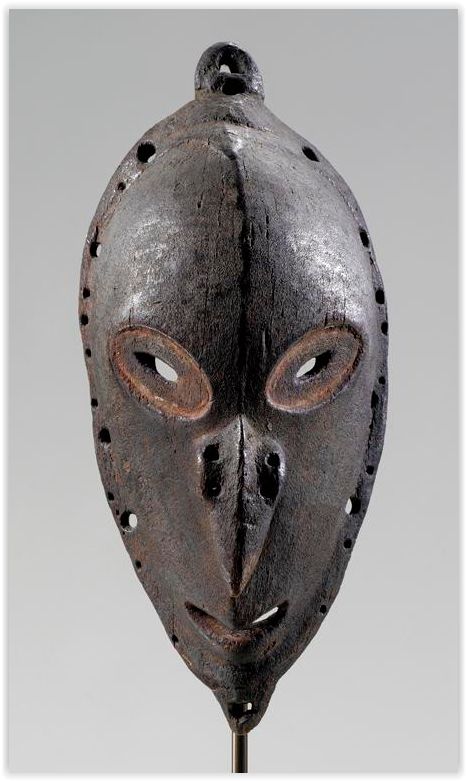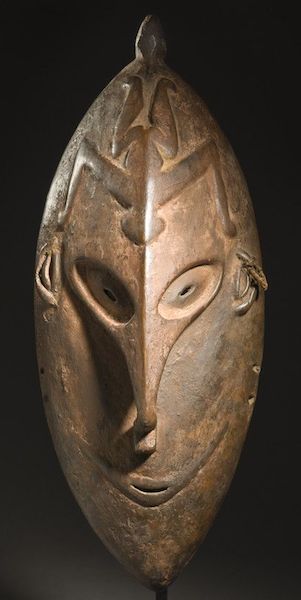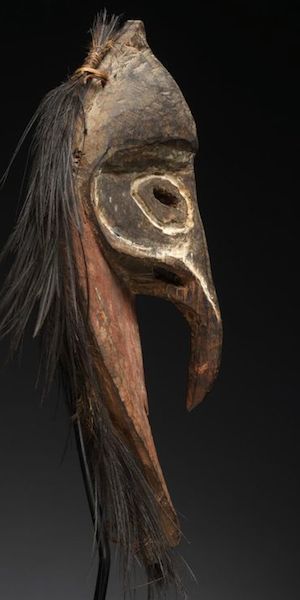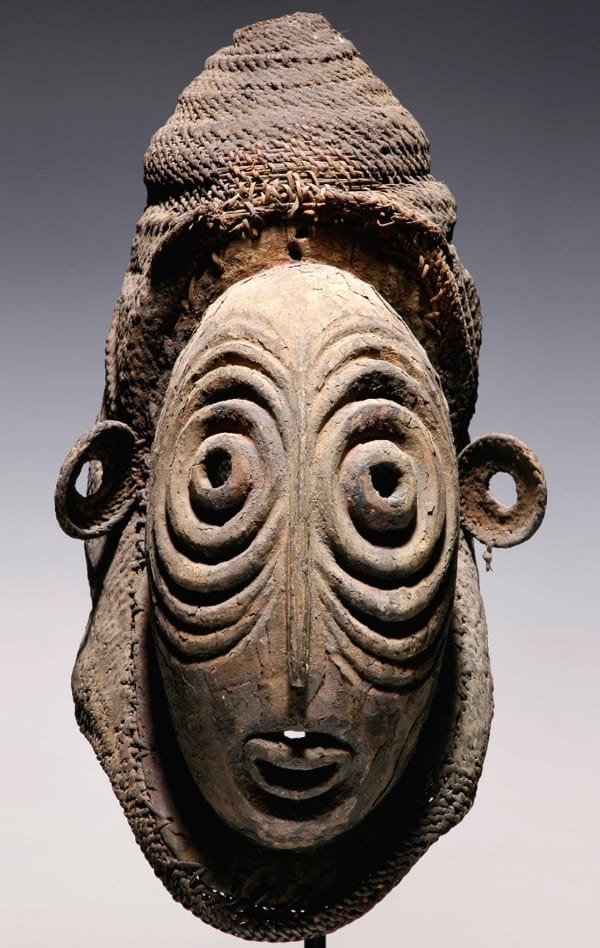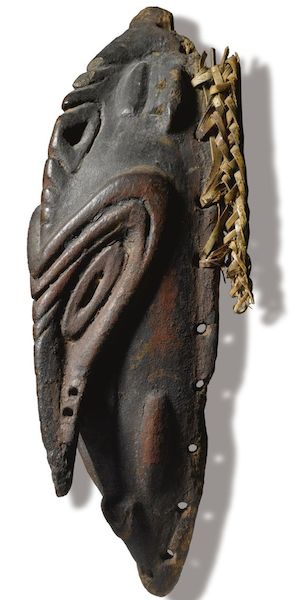Sepik Masks : Faces of the Sepik
This article is to help the reader identify where in the Sepik their Sepik mask comes from. It giving examples and pictures of the different types. The Majority of masks come from the East Sepik Province
If you have a Sepik mask to sell please contact me. If you want to know what your Sepik mask is worth to me please feel free to send me a Jpeg. I would love to see it.
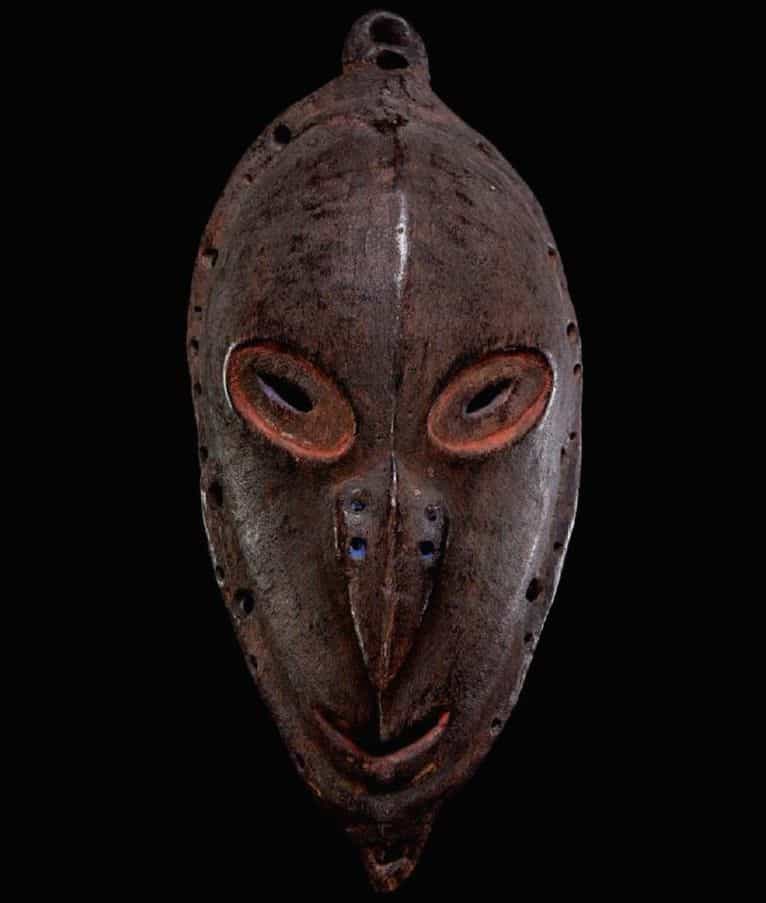
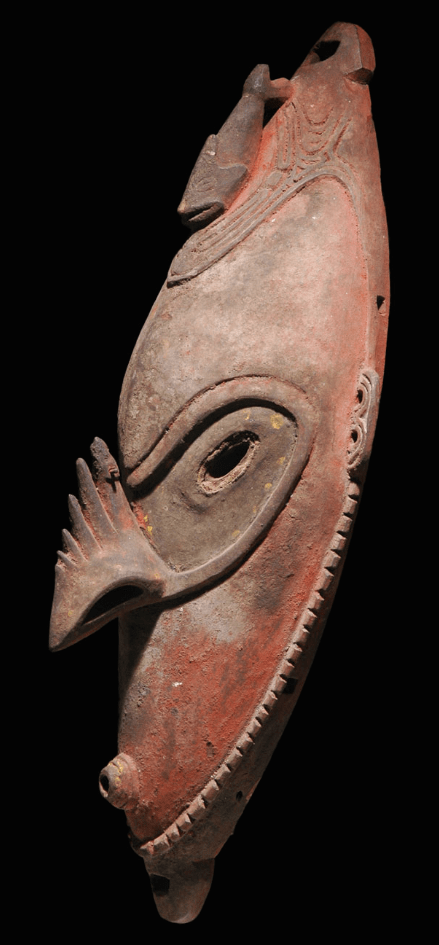
Image; Michael Hamson Oceanic Art
Sepik masks general information
Some Sepik masks are to wear and others for display. Some small masks are to empower “decorate” sacred flutes, the front of canoes, the HausMan, as lucky amulets and even yams. Other masks were not made to wear directly on the head but were part of a larger assemblage.
Sepik masks vary from very small Amulet masks only a Few centimeters high to over a meter tall.
In Papua New Guinea it is only men who wear masks and they must have be initiates of the cult that produces that mask. Women are not allowed to see masks or enter the hausman where masks are hidden. When worn the initiate becomes the spirit / tumbuwan the mask represents. Masks have a transformative power. Masks are still in use today in New Guinea and dance during ceremonial occasions.
The following is a visual guide on types of Sepik Masks but due to the huge variety throughout the Sepik is far from inclusive. It is better to think of this article as a brief introduction to this fascinating group of oceanic art forms.
Sepik masks by Area
Lower Sepik Masks
Lower Sepik or Murik lakes masks are typically covered in Red pigment. Old masks are often wood but close inspection will have remnants of red pigment on them.
They have piercings around the edges at least in a couple of places. This is to allow the dancer to attach a bite stick or for attachment to a larger structure. Most lower sepik masks are just the face plate of a much larger assemblage. Some Lower Sepik Masks have very long noses.
Masks on the Right vary from 15cm – 60 cm
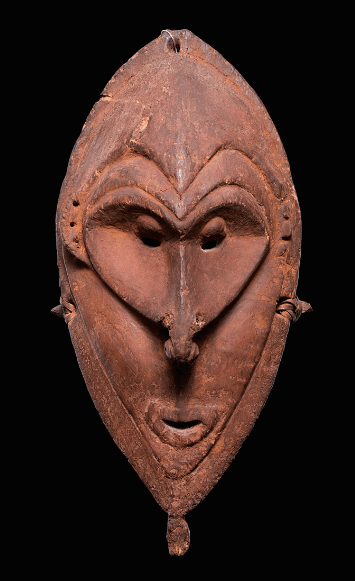
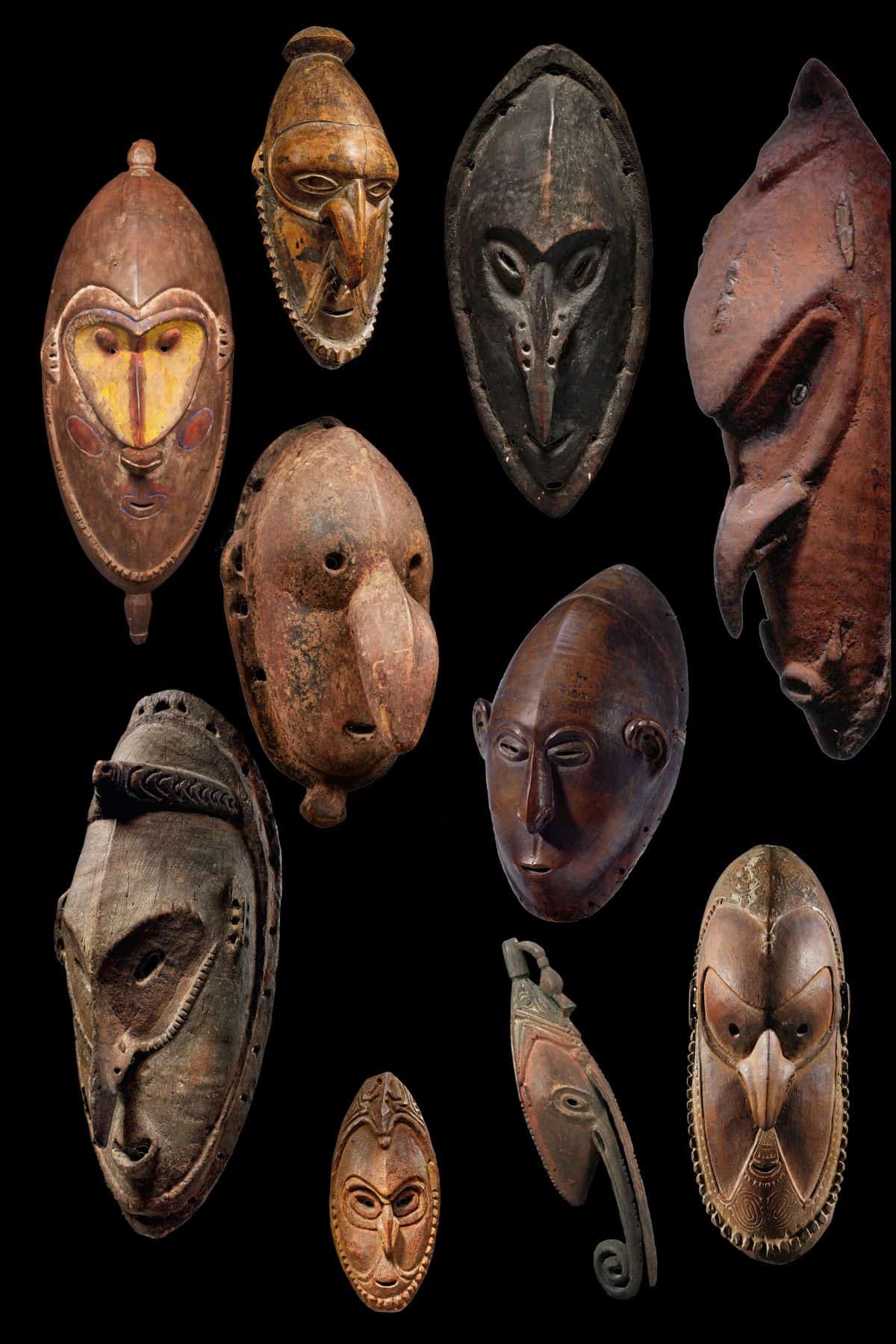
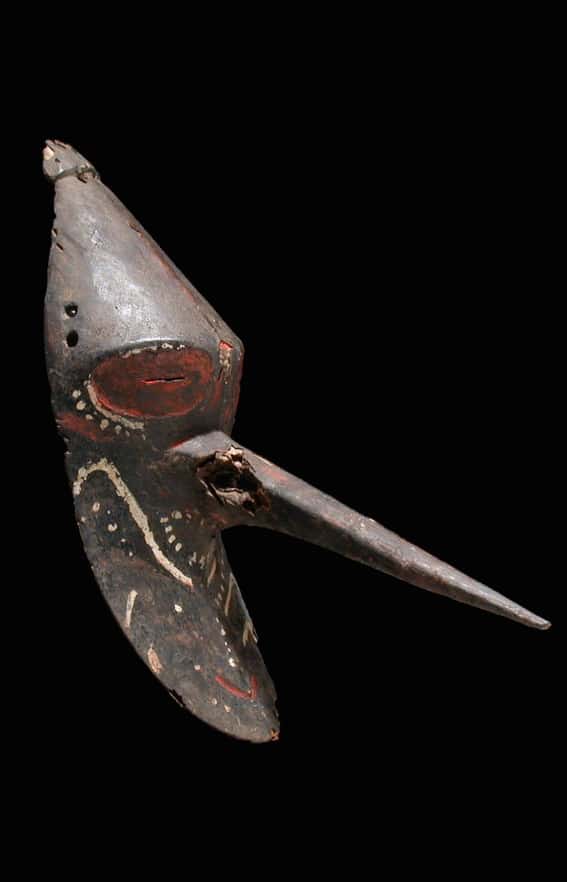
Turubu or Mosquito Masks
These masks come in a male and female version and have not been mass-produced for the tourist market.
There are however numerous high quality copies that look old but are not. These indigenously made fakes can be hard to spot.
It is these long nosed male masks that are most popular with collectors. They are one of the most fascinating of all tribal masks
Iatmul or Mei masks (Middle Sepik)
Iatmul masks are from the Middle Sepik and are still made today. Old ones are rare and collectible. They are normally covered on the lower half with very small tightly packed nasal shells.
Old ones like here on the left tend to have a more serious demeanor and finer workmanship, especially on the chin protrusion. Old masks are more three dimensional often deeper than they are wide.
The Iatmul also made large Tumbuwan costumes. these are woven material but sometimes with a wooden face.
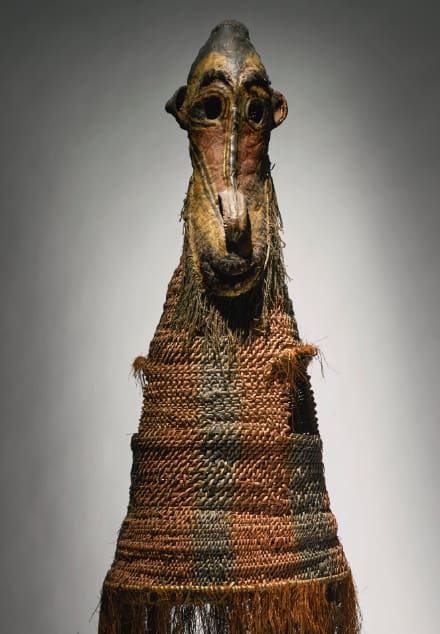
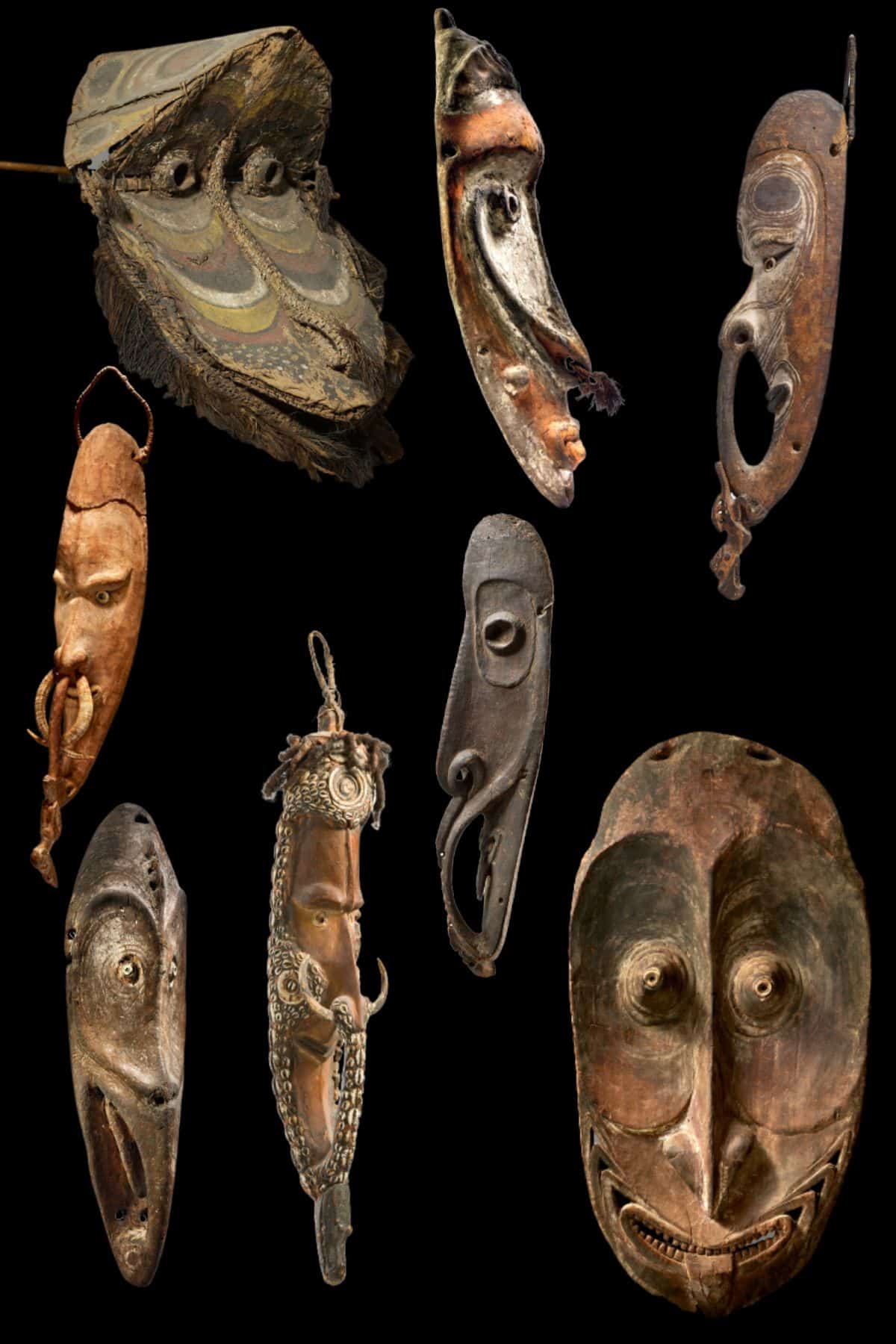
Blackwater Mask
Basketry masks from the Blackwater tend to be more elaborate that those from the Abelam. They have a far more sculptural form. Blackwater masks were also mask produced in the 1970’s but are of inferior quality.
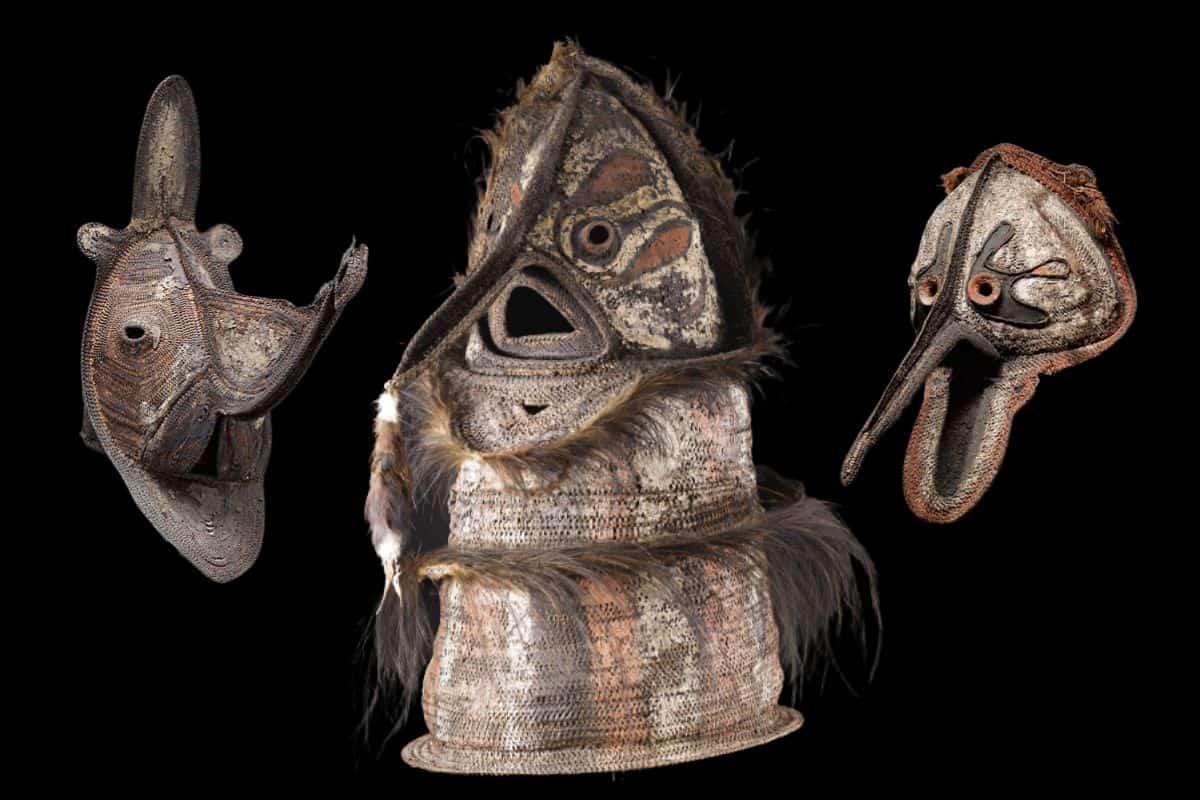
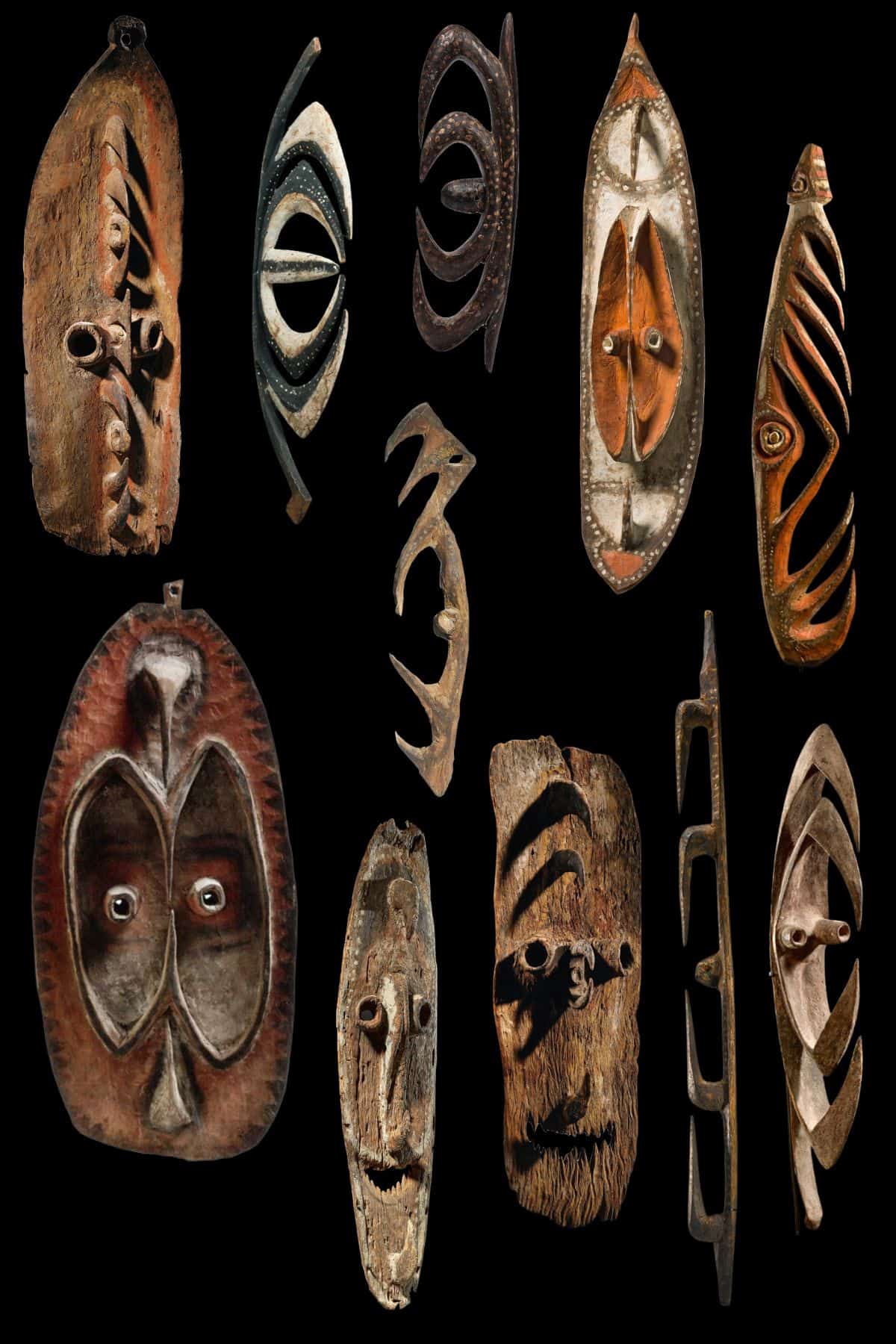
Hunstein Mountain Sepik masks
Old Hunstein mountain masks are some of the most powerful and haunted of all new guinea artworks.
They were not masks because they were never worn but they are often described as masks.
Hunstien masks from the 1960’s and earlier are highly collectible. In the 1970′s people from the Hunstien region started to produce masks for sale.
There are hundreds of these later tourist masks and are they not worth a great deal.
Earlier masks (like on the left) with signs of ritual use have a much greater variety of forms.
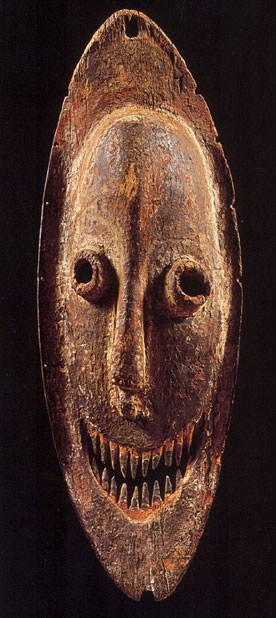
Abelam Basketry Masks
The Abelam people produce two types of basketry mask. One is worn on the head during ceremonies and the other used to decorate Yams.
Yam masks are quite common and collectors prefer those with greater workmanship, intense weaving, and great forms. Yam masks should be colorful or have remnants of paint. Unpainted flat examples are normally pieces made for sale.
Abelam Baba tagwa masks or head masks are larger than yam masks and worn during ceremony. They are usually woven but some rare fully carved examples exist
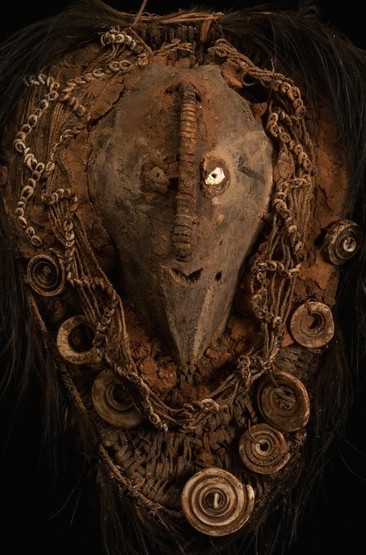
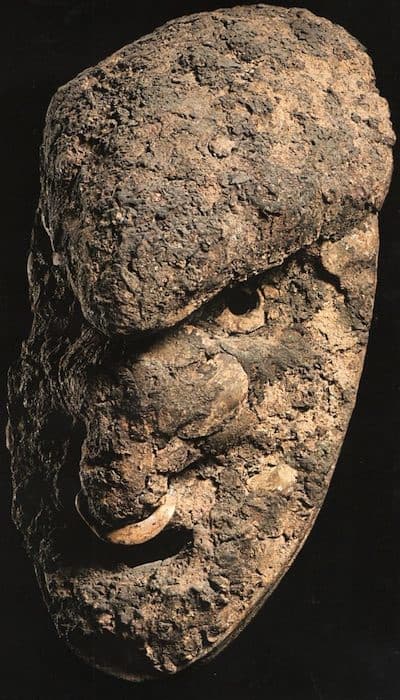
Porapora Masks
PoraPora masks are rare and have a simplicity that only adds to the power and menace. This example has a deep crust of sacrificial material. Porapora masks are often made from clay on a frame. The frame is often a cassowary breastplate with woven cane.
The masks are often additional adorned with shell valuables
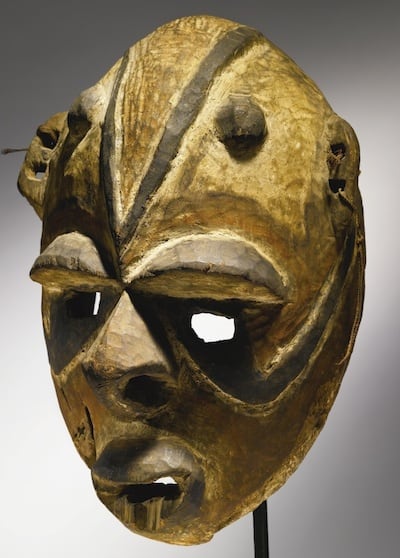
Biwat Masks
Two types of Masks come from the Biwat. Small masks used to decorate sacred flutes and larger dance masks. This area has few tourist masks.
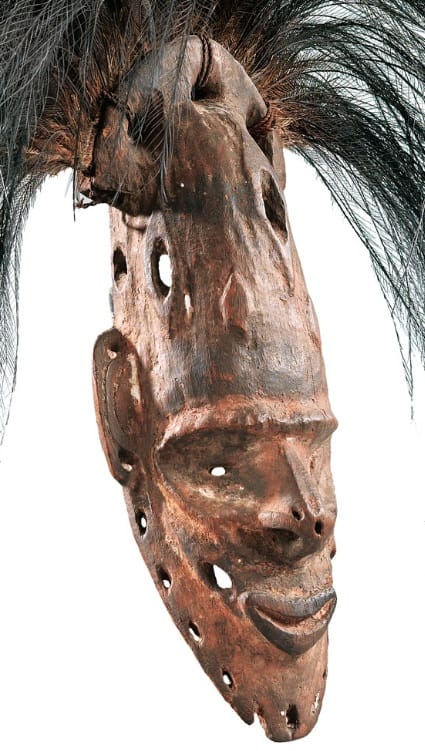
Sepik Masks for Tourists
This Article shows just a few examples of Sepik River masks there are many many more. The value of masks varies greatly. masks. Indigenously used masks are collectible and valuable. Tourist masks have little collectible value. Old masks are worth up to 1000 times more than their modern counterpart. New Guinea is the most prolific mask-producing region of the World. As Oceanic Art, they are extremely expressive and come in a vast variety of sizes forms and functions. It is a great pity that the majority of people who visit New guinea only get to see the modern Middle Sepik Mask produced for sale to tourists. They miss the fantastic variety of other tribal masks this diverse country has to offer. The Sepik is far from the only region in new guinea to make masks. New Guinea Masks from other Regions are just as wonderful.
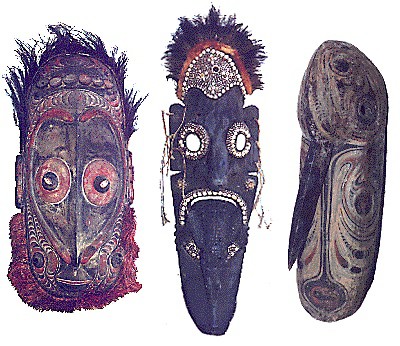
All images in this article are for educational purposes only.
This site may contain copyrighted material the use of which was not specified by the copyright owner.
